Laughing Gym For Sale
£275.00
Laughing Gym For Sale
Gymnopilus junonius(Laughing Gym For Sale) was first described by Swedish mycologist Elia Magnus Fries in 1821; this famous mycologist called it Agaricus junonius. This was not uncommon as most gilled fungi were first called Agaricus.
Gymnopilus junonius was given its new name in 1960 by the British mycologist Peter Darbishire Orton. The prefix Gymn- in Gymnopilus means naked and -pilus means cap, and as expected, Gymnopilus junonius has a naked or bald cap.
Gymnopilus junonius is more commonly known as Spectacular Rustgill and Laughing Gym. Gymnopilus junonius was previously known as Gymnopilus spectabilis and may also be referred to as Big Laughing Gym. Some still report that these are distinct mushrooms; however, a paper issued in 2020 alludes to the fact they are one of the same [1.].
The epithet Junonius is in reference to Juno, a Roman Goddess. Juno was the wife and the sister of Jupiter and the daughter of Saturn. She was considered beautiful and a warrior-like woman matched by her statuesque presence.
This mushroom may look tasty, but it must not be eaten. That being said, Gymnopilus junonius is considered in some cultures to induce spiritually enhancing experiences and hallucinations. It is widely agreed that in the case of Gymnopilus junonius, it is more likely to make you sick before it leads to hallucinations and feelings of euphoria.
The psychoactive compound that induces hallucinations in these types of mushrooms is psilocybin; however, the levels of any psychoactive compounds in Gymnopilus junonius are variable and even maybe regionally dependent.
It is important to note that Gymnopilus junonius is considered very poisonous; this may be due to the presence of neurotoxins, gymnopilins, in the fruiting body of the mushroom.
Cap: Large from 4 to 20cm in diameter. Specimens of around 30cm have been reported. Convex to nearly plane with age. Cap color is not the same across all; sometimes gold; may be a deep orange or red-brown in older specimens. Surface is dry with tiny brown scales. Yellow flesh, solid.
Gills: Crowded and attached gills. Narrow to quite broad. Pale yellow or angish-brown.
Stem: Thick and strong; club-like shape. Up to 27cm tall; 1 to 4 cm thick. Same color as the cap. Thick and yellow flesh. Ringed stem. Partial veil may be present. Covered in tiny fibers.
Smell: Anise.
Taste: If chew the cap and spit it out, it is bitter.
Spores: Oval or elliptical; wrinkled.
Spore color: Rusty brown.
Edibility: Inedible. Poisonous.
Habitat: Wood rotting (saprobic) so important for the decomposition of wood, returning the nutrients back to the soil. Grows at the base of dead broad-leaved trees; on ground or buried wood; sometimes conifers. Solitary of found in small yet dense groups in moist areas; frequently lowlands by rivers.
Be the first to review “Laughing Gym For Sale” Cancel reply
Related products
Mushrooms
Mushrooms
Mushrooms
Mushrooms
Mushrooms
Mushrooms
Mushrooms
Mushrooms
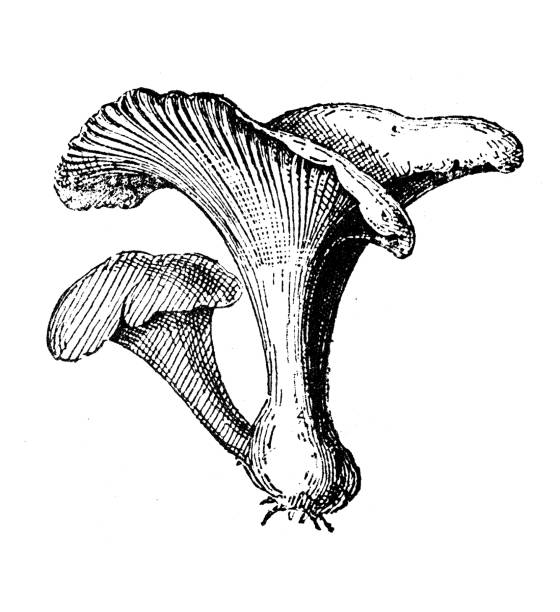
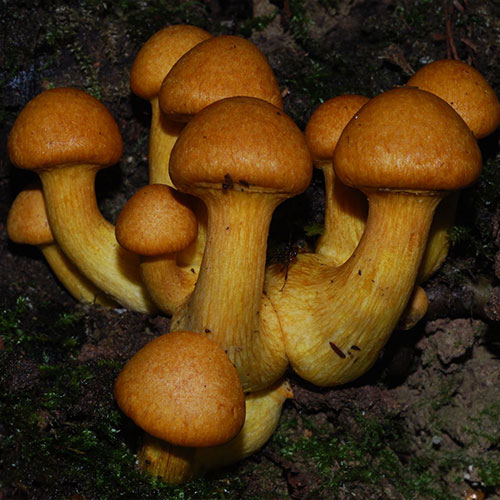
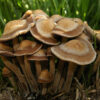


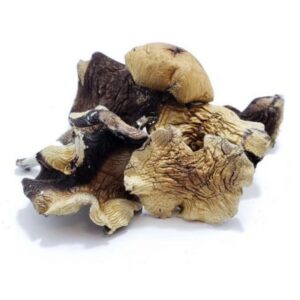

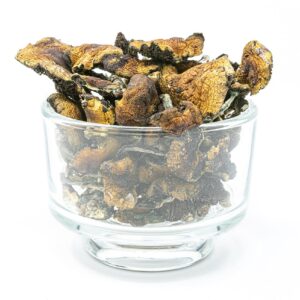



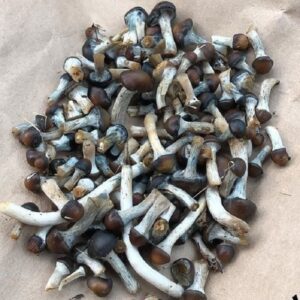
Reviews
There are no reviews yet.